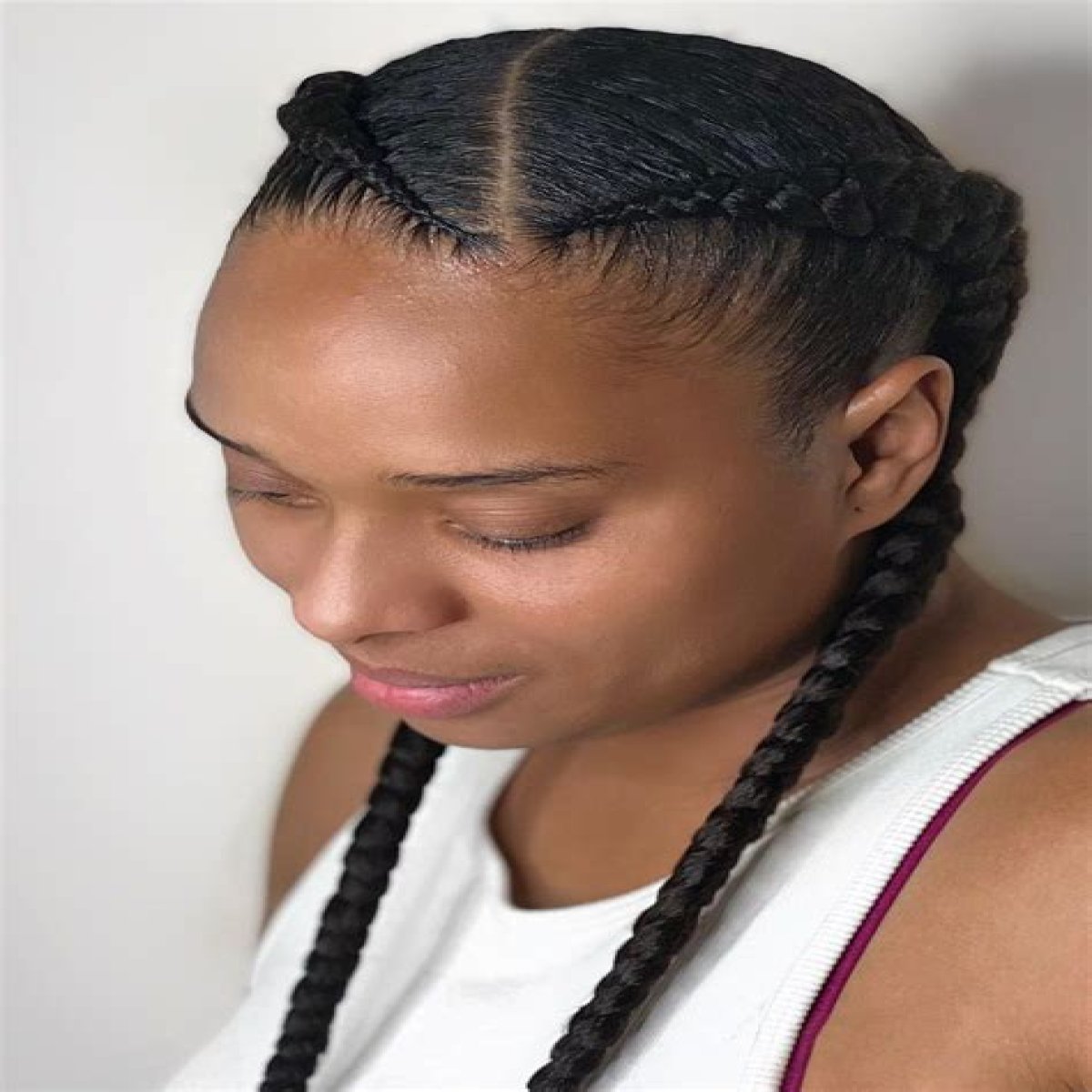What are cornrow styles? Cornrow styles are a type of hairstyle that involves braiding the hair close to the scalp in a raised, linear pattern. Originating in Africa, cornrows have cultural and historical significance, representing identity, social status, and creativity.
Cornrow styles offer various benefits, including protective styling for natural hair, promoting hair growth, and allowing for intricate and versatile designs. They can be customized to suit different hair textures, face shapes, and personal preferences.
Historically, cornrows have been embraced by various cultures and social groups, reflecting cultural heritage and self-expression. In recent times, cornrow styles have gained popularity globally, becoming a symbol of empowerment, unity, and individuality.
Cornrow Styles
Types of Cornrow Styles
Introduction: Cornrow styles encompass a diverse range of patterns and techniques.Key Aspects:- Single cornrows: Braided in straight lines from front to back or vice versa.- Double cornrows: Two or more cornrows braided side by side.- Ghana cornrows: Intricate and geometric patterns originating from Ghana.- Fulani cornrows: Adorned with beads and accessories, common among the Fulani people.- Goddess cornrows: Loose, flowing cornrows often styled with buns or updos.Discussion: These styles offer a wide selection for different tastes and preferences.Cornrow Styling Techniques
Introduction: Cornrowing involves various techniques that influence the final outcome.Facets:- Braiding methods: Overhand, underhand, and feed-in braiding techniques.- Hair preparation: Proper hair cleansing, moisturizing, and detangling before braiding.- Tension control: Adjusting braiding tightness to prevent hair breakage or scalp irritation.- Styling tools: Using combs, brushes, and hair accessories to enhance the style.Summary: Understanding these techniques ensures optimal cornrow styling.Cornrow Care and Maintenance
Introduction: Proper care and maintenance are crucial for healthy cornrows.Further Analysis:- Regular cleansing: Washing hair gently with lukewarm water and sulfate-free shampoo.- Deep conditioning: Nourishing hair with deep conditioners or hair masks.- Edge control: Using edge control products to smooth flyaways and define edges.- Protective styling: Wearing satin scarves or bonnets at night to prevent friction and breakage.Summary: Following these tips promotes healthy cornrows and long-lasting styles.Frequently Asked Questions about Cornrow Styles
This section addresses common questions and concerns regarding cornrow styles, providing informative answers to enhance understanding and dispel misconceptions.
Question 1: Are cornrow styles suitable for all hair types?
Answer: Cornrow styles are versatile and can be adapted to most hair types, including natural, relaxed, or chemically treated hair. However, it's essential to consult a hairstylist to determine the most suitable cornrowing technique for your specific hair texture to avoid damage or breakage.
Question 2: How long do cornrow styles typically last?
Answer: The longevity of cornrow styles varies depending on factors such as hair texture, styling technique, and maintenance routine. With proper care, cornrows can last several weeks or even months. Regular touch-ups may be necessary to maintain the desired look and prevent unraveling.
Summary: Cornrow styles offer versatility, longevity, and protective benefits for diverse hair types. Proper care and maintenance are crucial for optimal results.
Cornrow Styles
Cornrow styles have transcended their origins to become a global symbol of creativity, cultural heritage, and personal empowerment. From their protective qualities to their intricate designs, cornrows offer a diverse range of options for self-expression and haircare.
Embracing cornrow styles not only celebrates cultural roots but also fosters a sense of community and appreciation for the artistry and skill involved in creating these unique hairstyles. As the popularity of cornrows continues to grow, we can expect to see even more innovative and captivating styles emerge, further solidifying their place as a timeless and versatile form of artistic expression.
